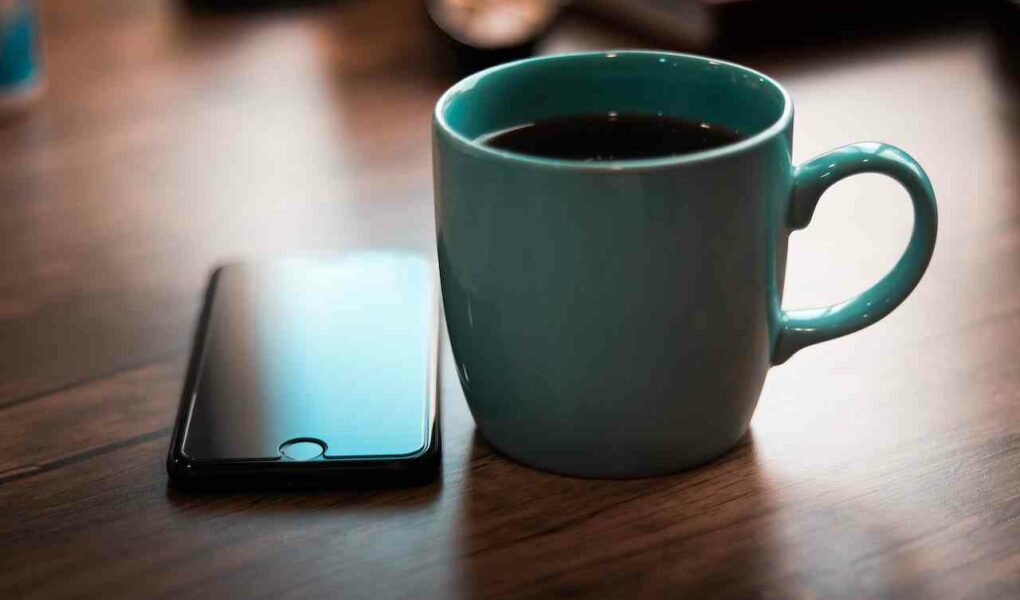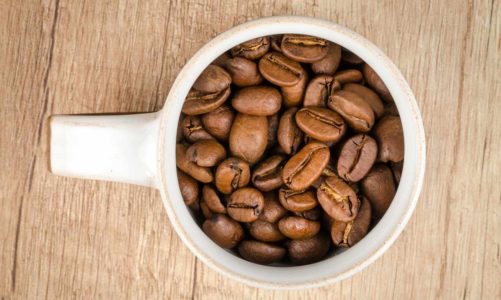Coffee is one of the most universally enjoyed beverages, and most coffee requires some kind of manual or automatic equipment to create brewed coffee. However, there are options for individuals that do not have coffee makers. That’s why we are going to take a look at how to make coffee without a coffee maker.
Of course, it’s always easier to buy a French Press or just use instant coffee, but brewing coffee without coffee-making equipment may also be something fun to try for experienced coffee lovers. After all, coffee is a science, and one small variable can change the outcome of your drink, so why not give it a try?
Why Would Someone Brew Coffee Without a Coffee Maker?
The easiest answer is that not everyone has the same access to coffee equipment. For whatever reason, individuals may want to enjoy coffee without investing in a coffee maker or other brewing items. Also, many popular home brewing machines require power to operate.
Knowing how to brew coffee without a coffee maker could be a useful skill when the power goes out. Brewing coffee without specialized equipment could also be helpful for traveling, camping, or other situations where someone might not have access to their normal means of brewing. Some coffee drinkers may just want to try additional, manual ways of making coffee as a hobby.
As mentioned in the intro, coffee brewing is a science, if you start experimenting with different temperatures, brewing methods, preparation, etc. you can directly impact the taste and texture of your coffee. So, experimentation can solely be a reason for brewing coffee without a coffee maker.
No matter what reason someone has for exploring more traditional and manual coffee brewing methods, there are multiple options to enjoy great tasting coffee without machines and other equipment.
How to Make Coffee Without a Coffee Maker
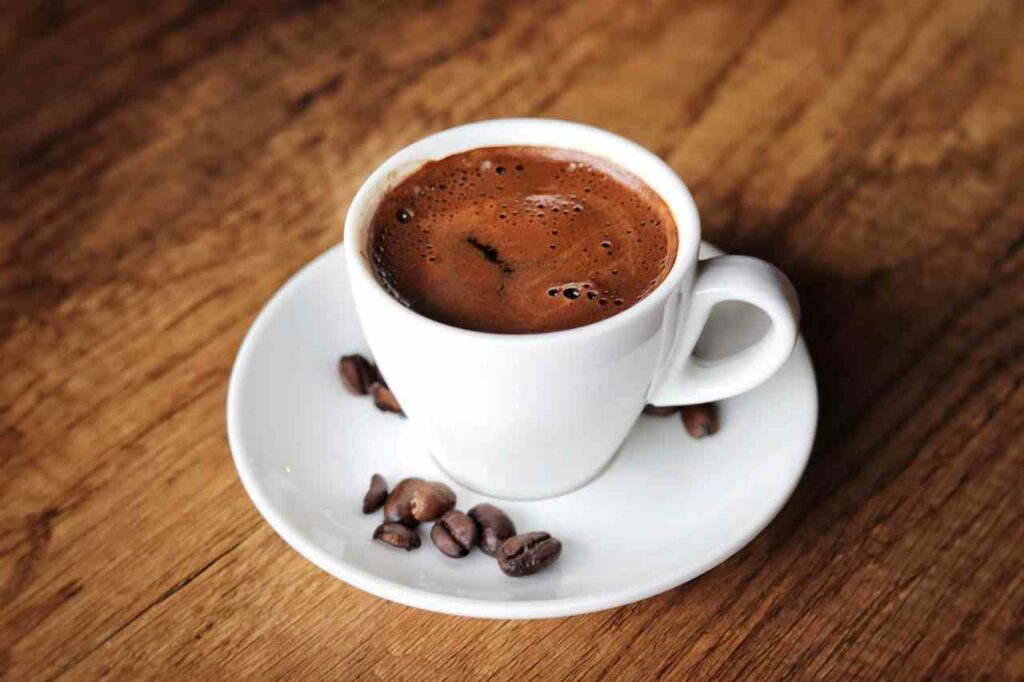
Making Coffee in a Saucepan
One way to brew coffee without machines or equipment is by using a saucepan. So, the only items necessary are the saucepan and some kind of heat source.
- First, place coffee and water in the saucepan. A medium or coarse-ground coffee would be best. As far as the ratios go, this is the same as if a coffee machine were being used. Usually, 1-2 tablespoons per 6 ounces of water is recommended depending on desired strength.
- Over medium-high heat, bring the water to a boil and continue boiling for 2-3 minutes.
- Remove the coffee from the heat source and let it sit for 4-5 minutes.
- Last, strain the coffee for drinking. To do this, the coffee can be poured slowly from the pan or ladled into a cup, being careful to not get grounds in the cup. If available, a mesh-style strainer or sifter can be placed over the cup when pouring to ensure that there are no grounds in the cup.
Mason Jar Coffee
Another method of coffee preparation, without equipment, is the mason jar method. The only necessary items for this are a mason jar, a thin cloth, and some type of clip or rubber band for securing the cloth. For the cloth, there are many options. If available, a cheesecloth could be used. Otherwise, a handkerchief or bandana would also be suitable.
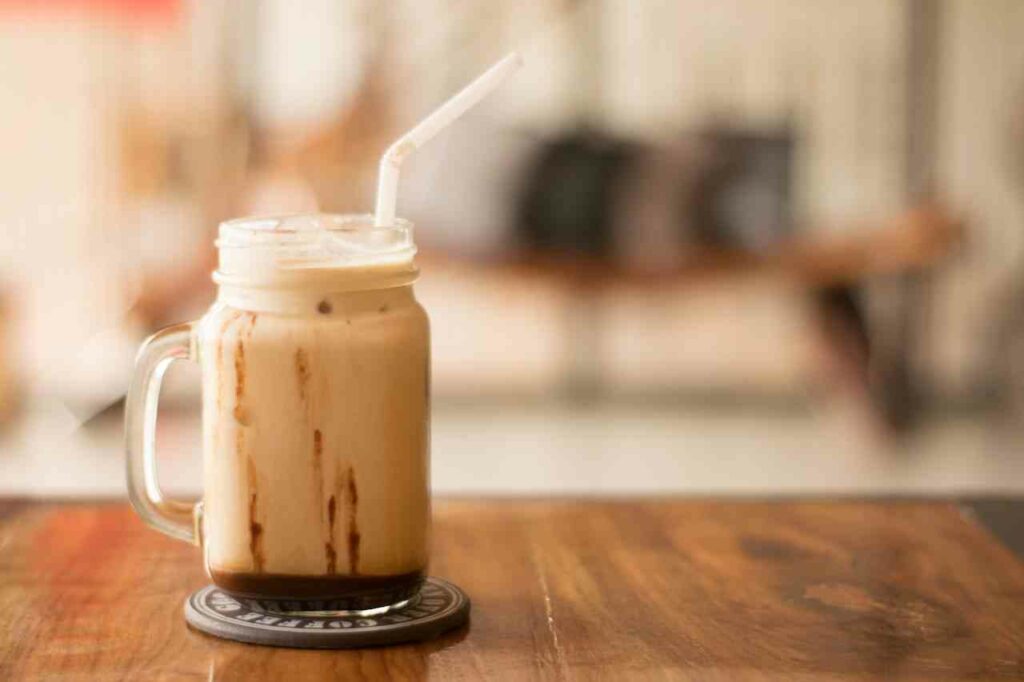
- Secure the cloth over the top of the mason jar using the clip or rubber band. Make sure the cloth is not overly tight. There should be enough slack that the cloth can drop into the jar to make a pouch.
- Scoop ground coffee into the cloth. A medium-ground coffee would be best. The size of the mason jar might alter the amount of coffee necessary. For a standard, 8oz. jar, a tablespoon of coffee should be good. For larger jars, another tablespoon should be added per each additional 8oz. increment. For example, a 16oz. jar would use 2 tablespoons, and a 32oz. jar would use 4 tablespoons of coffee.
- Boil some water. Any appropriate vessel can be used to heat the water.
- Now, pour the water over the grounds. Similar to other pour-over methods, it is best to pour a small amount of water over the grounds first to help them saturate. This aids in the release of oils and flavor in the coffee. Let the grounds soak for about 30 seconds. Then, slowly pour the rest of the water over the coffee until the jar is full.
- Remove the cloth of the grounds and enjoy! The coffee can be enjoyed straight from the jar or poured into a mug.
Cold Brew Coffee
Although this does not produce a standard hot cup of coffee, making cold brew coffee does not require any additional machines or equipment. All that is needed is some type of large jar or another vessel for holding the cold brew.
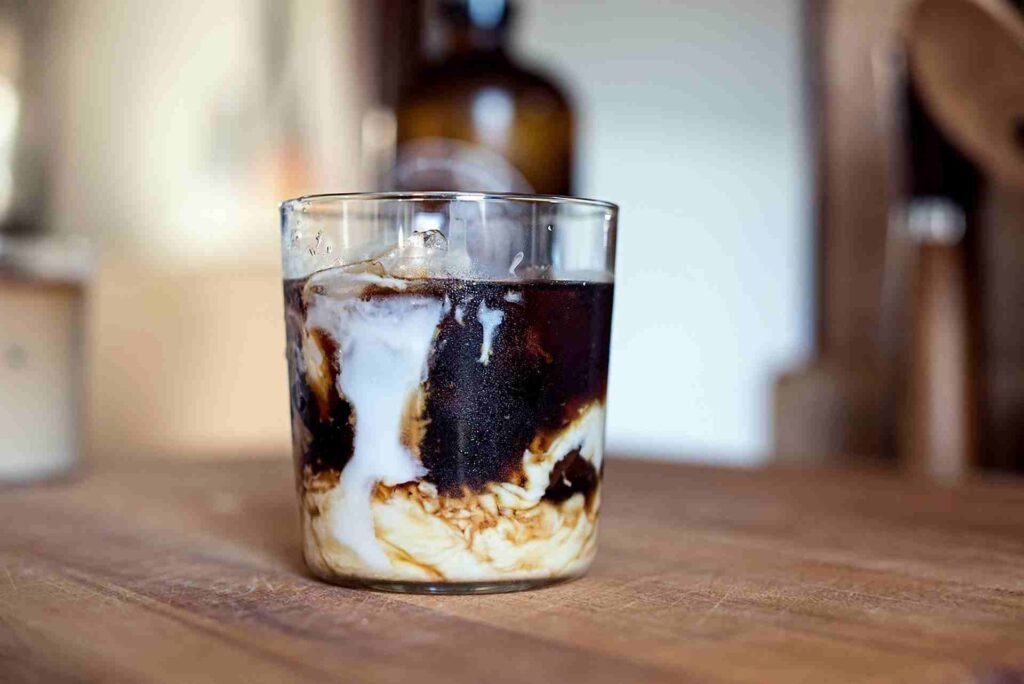
- For cold brew, it is usually recommended to use a 1:4 ratio of coffee grounds to water. For example, that means 1 ½ cups of coffee grounds and 6 cups of water.
- Pour the coffee and water into the container and refrigerate for 24 hours.
- Strain the cold brew. This can be done using a strainer or cheesecloth. Place the straining item over a different jar or container and pour the mixture over the top so that the grounds are caught.
- To avoid straining altogether, the coffee grounds can be placed in cheesecloth initially. The cloth can be tied to create a satchel. The coffee satchel is placed in the container with the water and steeped for the recommended 24 hours. Afterward, the cloth containing the grounds can simply be removed from the container without any straining.
The Final Sip
So, regardless of what machines or equipment are available, there are plenty of ways to make a great cup of coffee with minimal supplies and effort. As you can see, there are different ways how to make coffee without a coffee maker, and whilst they might be as good as machines, its useful in situations where you might need a brew and can’t use a machine!

